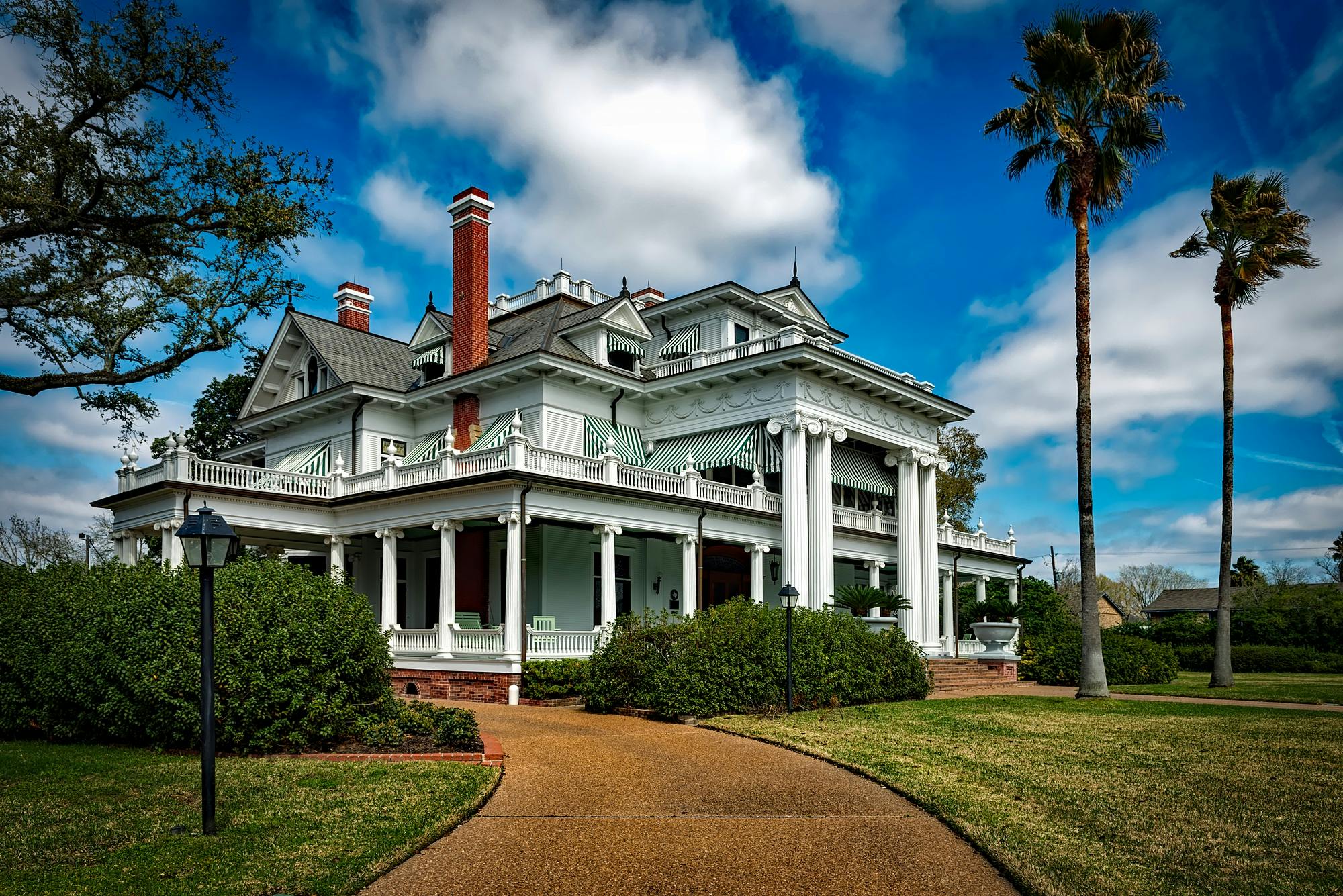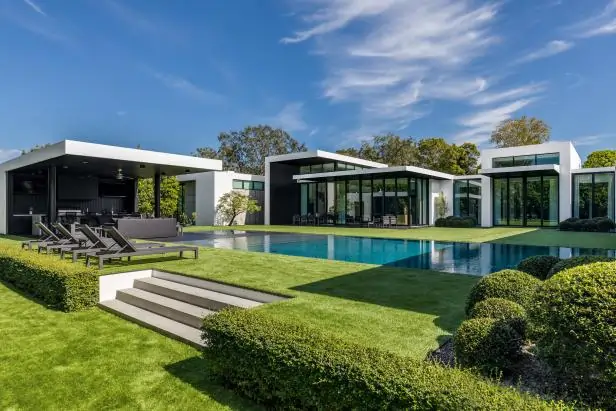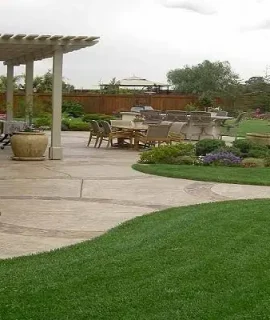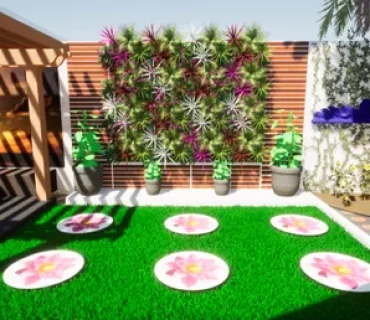Farmhouse garden design
Farmhouse Garden Design: Transform Your Outdoor Space
Creating a farmhouse garden design is about blending rustic charm with functional elegance. Whether you have sprawling acres or a compact backyard, a well-designed farmhouse garden can turn your outdoor space into a serene retreat. In this guide, we explore key elements, techniques, and ideas to help you design a garden that aligns with the timeless aesthetic of a farmhouse.

Understanding the Essence of Farmhouse Garden Design
Farmhouse garden design reflects simplicity, harmony with nature, and practicality. It draws inspiration from traditional rural homes where gardens were both beautiful and utilitarian. The goal is to create a space that complements the architectural style of your farmhouse while providing areas for relaxation, cultivation, and social gatherings.
Key Features of a Farmhouse Garden Design
1. Natural Pathways and Stone Walkways
A quintessential farmhouse garden design includes natural stone or gravel pathways. These paths not only guide visitors but also add texture and rustic appeal. Use materials like flagstone, cobblestones, or decomposed granite to craft winding paths that enhance the organic feel.
2. Wooden and Wrought Iron Fencing
Define your garden with fences that evoke farmhouse charm. Wooden picket fences or wrought iron gates provide a traditional touch while keeping the garden secure. Painting the fences in classic white or earthy tones can accentuate the rustic vibe.
3. Raised Garden Beds
Raised garden beds are functional and stylish. They simplify planting, improve drainage, and allow for better soil control. Build them with reclaimed wood or stone to maintain the farmhouse aesthetic.
4. Rustic Furniture and Decor
Incorporate weathered wood furniture, wrought iron benches, or swing seats into your garden. Lanterns, watering cans, and antique tools can double as decor pieces, giving the garden a personalized touch.

Designing Functional Areas in a Farmhouse Garden
1. Relaxation Zones
Dedicate a corner for outdoor seating. Use pergolas covered with vines for shade or add a fire pit for evening gatherings.
2. Cultivation Spaces
Designate sections for vegetable patches, herb gardens, or orchards. This practical touch ties back to the self-sufficient roots of farmhouses.
3. Play and Entertainment Areas
Create a multi-functional space for children or pets, or incorporate a barbecue setup for social events. Ensure these areas blend seamlessly with the overall design.
Best Plants for Farmhouse Gardens
1. Native Wildflowers
Plant native wildflowers like coneflowers, black-eyed Susans, and daisies for a low-maintenance, pollinator-friendly garden. They enhance the natural beauty while supporting local ecosystems.
2. Edible Plants and Herbs
A farmhouse garden is incomplete without an edible section. Include herbs like basil, rosemary, and thyme alongside vegetables like tomatoes and peppers. Raised beds or planters are ideal for these.
3. Shade-Giving Trees
Introduce shade trees like oaks, maples, or fruit-bearing trees to add height and structure. These trees provide a natural canopy and can create cozy seating areas.
4. Perennials and Climbers
Perennials like lavender, hostas, and hydrangeas ensure year-round beauty. Climbing plants like wisteria or climbing roses on trellises add vertical interest and romantic charm.
Conclusion
A thoughtfully crafted farmhouse garden design combines rustic aesthetics with functional beauty, creating an inviting outdoor sanctuary. By focusing on natural materials, purposeful plantings, and sustainable practices, you can design a garden that not only enhances your farmhouse but also nurtures the environment.


